The idea of traveling with just one camera and one lens wasn’t something I decided on a whim for my most recent trip to Hong Kong. If I am being honest, it was mainly inspired by Leica’s design philosophy, Das Wesentliche, or "the essentials," when I read about it a few months back.
Leica cameras have long embraced minimalism, removing distractions for a pure, intuitive shooting experience. I had always used this as an excuse to justify the hefty cost of owning one, yet I never truly practiced it. When I was planning for this family trip to Hong Kong, it struck me as a perfect opportunity to force myself to walk the talk, especially when I was away from all my camera collections and in the land of street photography. The real test was whether I could truly embrace simplicity, resisting the urge to bring multiple lenses and trusting a single focal length to capture an entire trip. With that in mind, I embarked on this experiment, armed only with one camera and one 28mm equivalent lens, to see if less really could be more. Most importantly, to see if it was worth the risk to bring only one lens to Hong Kong.
Leica cameras are built around minimalism—removing distractions for a pure, intuitive shooting experience. I had always used this as an excuse to justify the hefty cost of owning one, yet I never truly practiced it.
The Logic Behind This Experiment and This Setup
As someone who doesn’t get to travel very often, each trip presents a rare opportunity to shoot in a fresh environment. The idea of traveling and being in an unfamiliar location with just one camera and one lens is nerve-wracking, yet airline weight restrictions screamed to me as the perfect opportunity for this personal experiment. After weighing the risks, I accepted the reality that I would inevitably miss some shots. But that was the point: to streamline my gear, focus on the essentials, and fully embrace the Leica philosophy.
As this entire experiment was me paying homage to Leica's philosophy, it was only logical that I chose a Leica setup. In this case, I chose the Leica CL as the main camera, paired with the Leica 18mm f/2.8 TL—the only Leica camera and the smallest autofocus Leica lens that I currently own. Simplicity was the goal: no cumbersome lens changes, no unnecessary distractions, just me and my camera reacting to the scenes before me, resulting in efficiency in shooting and borderless observation.
The Leica CL’s minimalistic design and small size made the camera the perfect choice, as it was very easy to deploy and carry around. Suffice it to say, you will not find extraneous buttons and switches on the CL that hinder your fluidity in operating the camera. Personally, it was very intuitive for me and my shooting style, as it allowed me to focus entirely on the shoot rather than fiddling with buttons and getting obsessed with the settings. After all, this was the purpose of the entire experiment: to embrace only the essentials.
As for the lens choice, I naturally gravitated toward the Leica 18mm f/2.8 TL not just because it has a Leica badge on it but more likely because it has an approximate 28mm full frame equivalent focal length, which is my favorite focal length for everyday documentary and street shooting. There was another lens I considered that could have potentially worked well with the setup but didn’t go with it in the end. It was the Leica 23mm f/2 TL—an approximate 35mm full frame equivalent focal length—simply because I personally never clicked with it. Personally, 35mm feels neither dramatic enough nor isolating enough. The 28mm, on the other hand, provides a more immersive perspective when used carefully, allowing for dynamic compositions while still maintaining a sense of realism without perspective distortion.
Besides, the Leica 18mm also has a specialized coating on the front element that is designed so it can be used without a lens hood, making it even more compact, less intrusive, and less intimidating if I were to approach a subject with a close-up shot. This was particularly useful in Hong Kong, where people are known for being rather grumpy. The ability to blend in as a passive observer also allowed me to shoot more candidly without influencing the scene, which again perfectly suited my style.
My only complaint about this setup is the camera and lens color. It is pretty bright and does not help at all in making me approach my subject discreetly. If anything, it attracts people’s attention and is often a conversation starter. So, armed with a single camera and lens, I set out to see if the compromise was worth it, despite knowing minimalism in photography has its advantages.

The Execution and Lesson Learned: Shooting With a Fixed Setup
With a family trip being the main priority of this trip, my shooting time was limited. The only way to balance family time and photography was to wake up an hour earlier. Exploring the city before dawn not only gave me uninterrupted shooting time but also revealed a different side of Hong Kong. In my opinion, urban locations have a distinct photographic mood before dawn. If anything, exploring the city in the dark also increases the chances of yielding images that are different and interesting to other audiences, since most of them are unlikely to have been seen.
Therefore, I had no issue exploring it before the sun rose, despite having to deal with its own set of challenges, including jet lag and security concerns. Do be extra vigilant of your surroundings if you are visiting a less safe area. It is surely risky to be in a foreign city early in the morning, but those quiet moments before the city sprang to life allowed me to experience and see the city in a different light (no pun intended). I have been so used to doing this back in my hometown that I sometimes forget life doesn’t begin when the sun comes up.
Other than dealing with shooting time constraints, using this single camera-lens setup also forced me to be more intentional with my compositions throughout my observations during the day. I would even go as far as to say the focal length is perfect for daily documentation, and I had to be at peace with the fact that I was going to miss certain shots, especially those that required a longer focal length. Rather than feeling restricted, toward the end of it, I found this limitation to be liberating as I grew to understand the setup inside and out. I was no longer second-guessing myself about whether I should switch lenses or hoping to get the shot that was out of my reach. The focus was solely on making the best of what I had, and I made the most of it.
The gallery attached below is a small part of the entire series that I shot while keeping the genre fluid. With zero expectations and no list of “must-get shots,” I found myself seeing things through my own eyes with minimal influence, which explains how this entire series is so transparent, reflecting my experience. The result is a series that is messy and cannot be defined with a single definition unless curated. They stand as a timeless collection of vignettes and observations of the repeated, mundane life at that particular moment. Who would know if these activities and buildings will still exist decades from now?
Final Thoughts
The experiment was a success in many ways. I gained a deeper understanding of my all-time favorite setup in terms of the 28mm focal length and perspective compression, how the setup reacts to the surroundings, and—most importantly—how understanding all of this helped me refine my compositions to work within its constraints. The process was immersive, and I enjoyed the freedom of traveling light without being bogged down by gear.
Additionally, I concluded my own hypothesis: if you only have one lens to shoot with, then by all means go with the wider perspective. The main reason being that it is easier to use in a tight environment to create an impression of distance between the photographer and subject. This indirectly translates into the ability to create a sense of involvement and immediacy for the viewers. However, do keep in mind that the wider the lens, the more careful you need to be with leveling and geometric distortion.
But here’s the twist: me being the joker, I did, in fact, bring a second camera body attached to a telephoto lens. Because let’s be honest, how could any photographer—especially one who rarely gets to travel—completely forgo the opportunity to capture shots that might be out of reach just because of a cult experiment? However, the telephoto setup was there for specific purposes at a specific location, and I still approached the trip with a one-camera, one-lens mindset. The primary focus remained on the experiment, and the results spoke for themselves. So, was it worth the risk? Absolutely. But would I ever leave my telephoto lens at home? Perhaps when I’m bored of traveling to the same location.
Would you ever attempt a one-camera, one-lens travel challenge, or do you prefer the flexibility of multiple focal lengths?

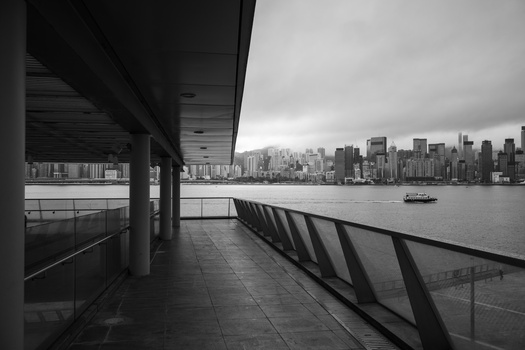
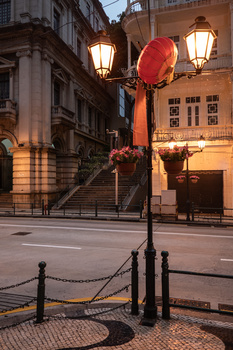
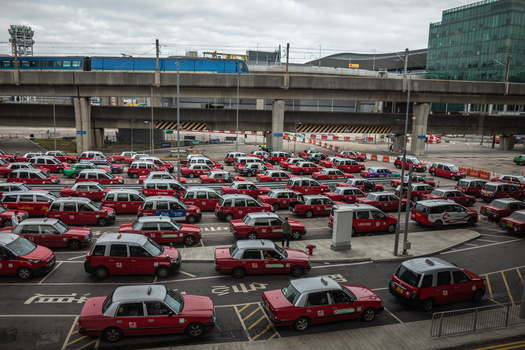
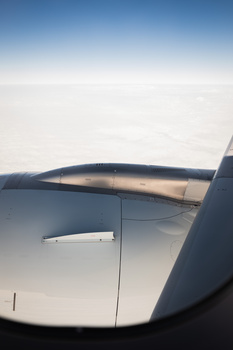
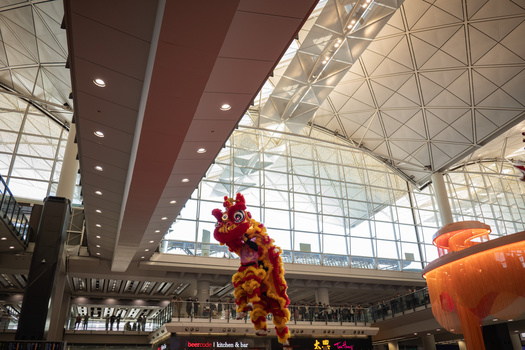
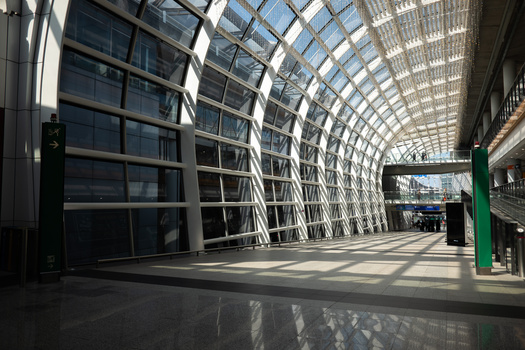
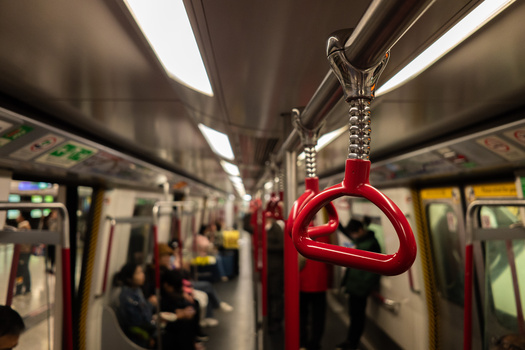
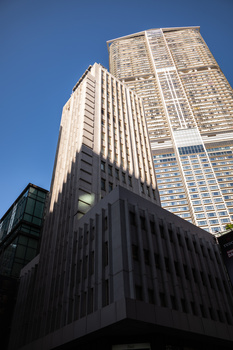
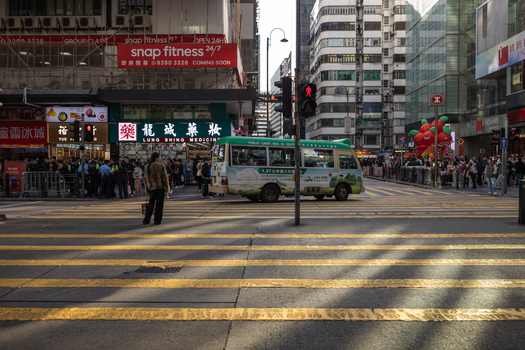
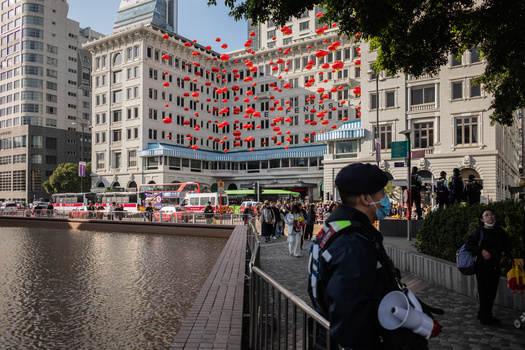
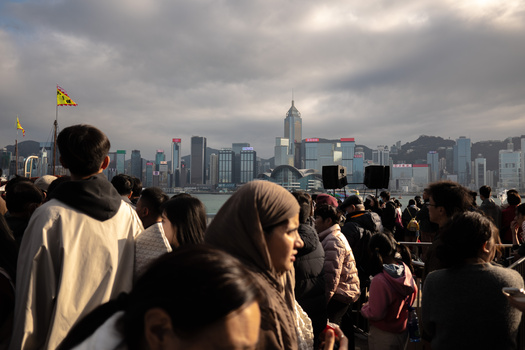
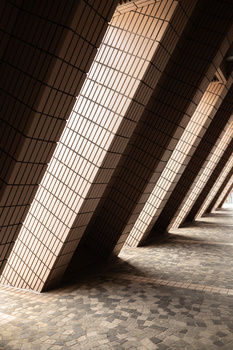
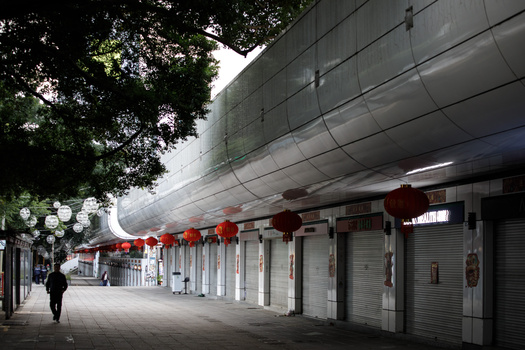
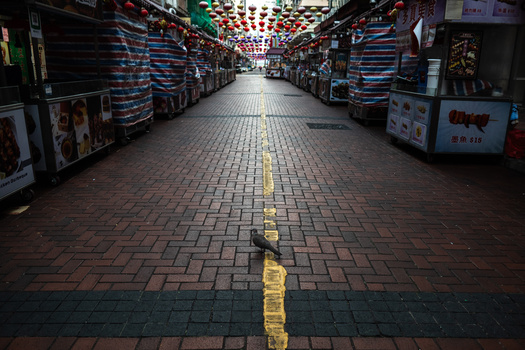
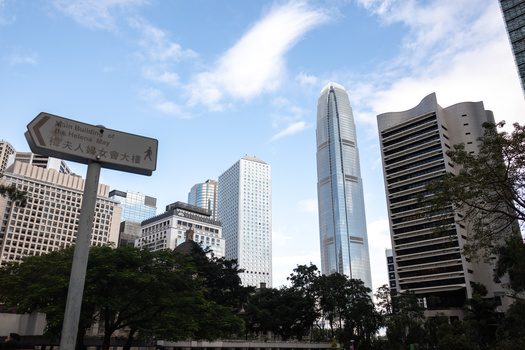
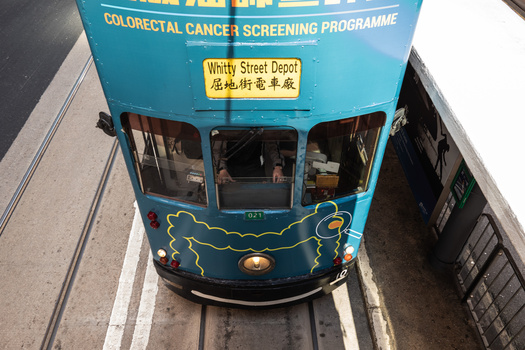
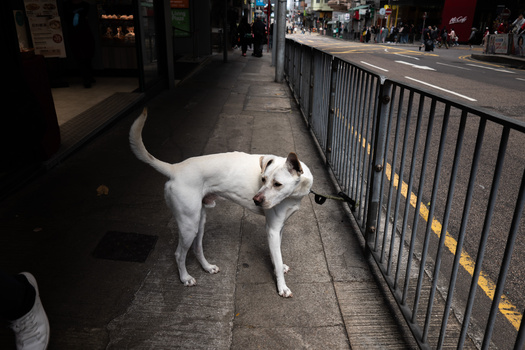
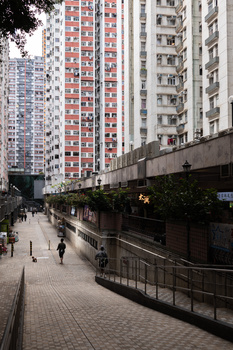
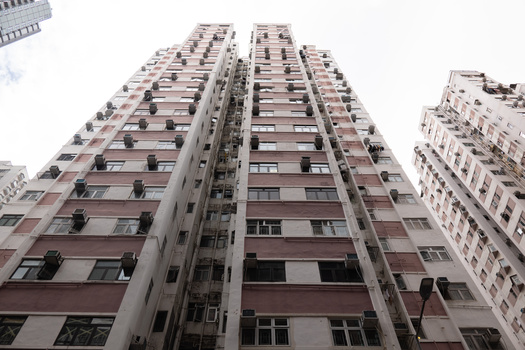
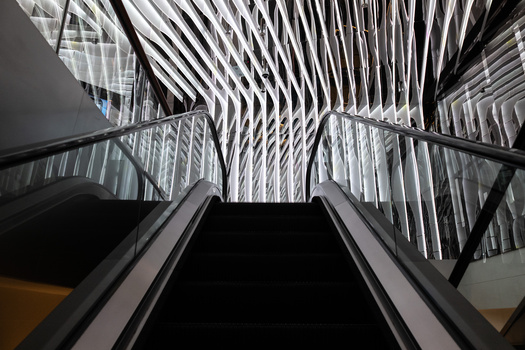
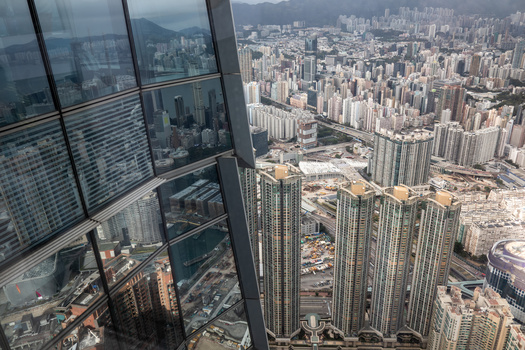
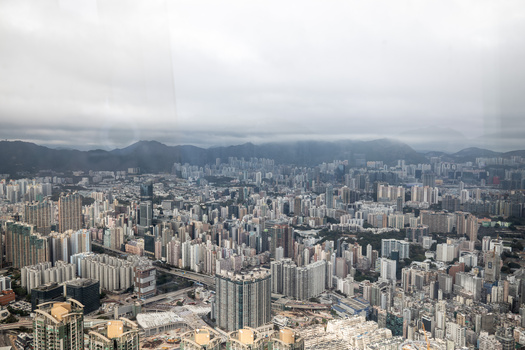
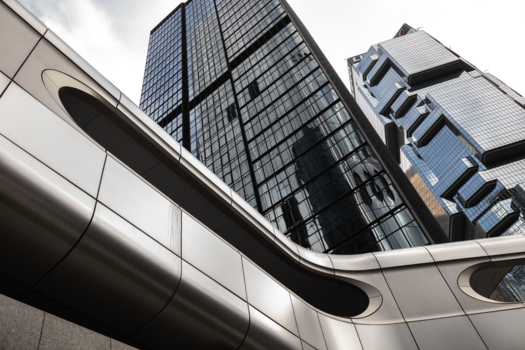
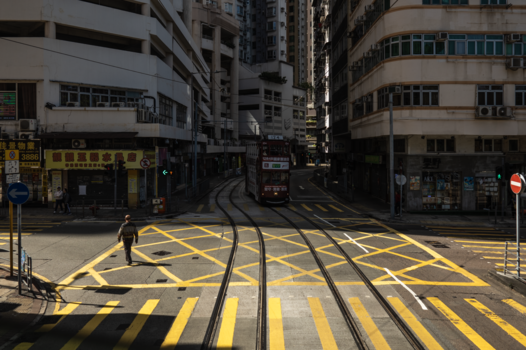
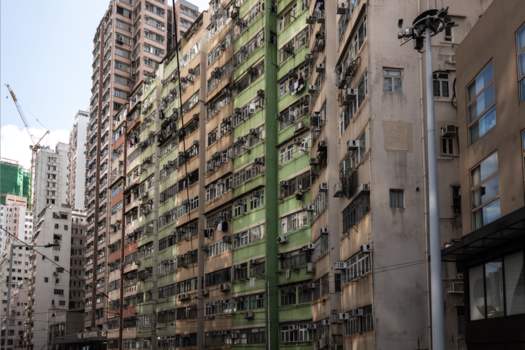
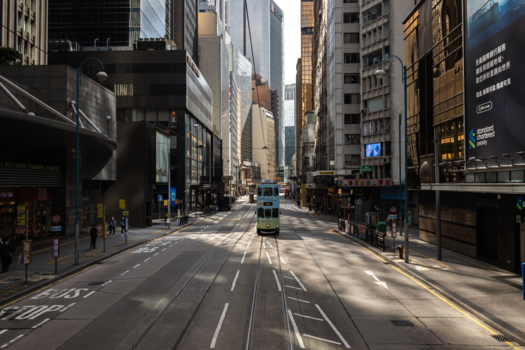






A single focal length travel camera? Not me, I'd want the usual 3x kit zoom, or a wide angle zoom. Zoom. Yeah...
i used to travel with a single camera and 2 zooms, then move on to a camera and 2 primes. Now two cameras one with the prime and the other one with a zoom. I find different combinations works for me when my creative needs evolved.. who knows I might go with 2 camera 2 zooms again in the future. But one thing for sure, I will usually go with one on the tele end and another on the wider end
The “one camera – one lens” principle turned out to be incredibly valuable for me.
First, it taught me to explore the full potential of both the camera and the lens.
Second, it greatly simplified the shooting process. Knowing how the frame would be built and what works well with it, I started exploring more by moving around. That led me to discover many more compositional possibilities.
I know it’s not for everyone — but I also know it’s a challenge that really sharpens your skills and fuels creativity.
That said, the “two cameras – two lenses” and “three cameras – three lenses” approach might be just a little bit better.
The more the better haha though it can be just a little distracting. I find the one camera one lens experiment useful in a sense that it also allows me to understand the camera better, how to react on a certain situation, what mode should I be using? Etc etc. Today, we’re just spoiled with good choices making it difficult to just bring one
Yes, two and two also worked for me - the Minox with the 38mm lens (28 would have been better) and my SLR with something long - a 200mm prime or a zoom, depending on how much light I would have.
Currently I would go for this kind of setup too.. a wider end lens and another tele end lens coupled with a body each.. no hassle of changing lens on location and risk losing the shot of damaging the camera in a rough environment.
One camera and one lens was how I photographed for over a decade as that was all I could afford. In my case it was back in the late 70s with an Olympus OM-1 and a 50mm. Recently I went back to that aesthetic with a Leica Q3 43 and I am in love with photography all over again. Great post!
It’s crazy how the imaging industry has involved. Those days primes were the only choice if you need pristine image quality. Today, zooms are equally good if not better. And primes became a tool for convenience as they can be smaller, lighter and faster. I am yet to try the Q3 43.. probably I should
In the early 80s, all I had was a canon AE1 and a 50mm. You can’t miss what you never had.
You’re right! We’re so spoiled with choices these days with social media marketing going on strong, making us day dream that if we have that we would’ve been able to create that. But in actual fact all equipments are just equipments at the end of the day. 50mm will also be my choice if I really had to just bring a single lens. With a high resolution body
I recently bought a fixed lens camera for the explicit use of using it when I travel! I have a big DSLR and a buncha lenses, but didn't want to lug them around or make them the focus of my adventures. Instead I focus on the people I'm with and bring along the point-and-shoot when I can. I like this set up, after all, for many people (and for many years pre-smartphones) this is how most people used and traveled with a camera. :)
I used to have a fixed lens camera too, Ricoh GR. I’ve used it so much that it degrades and broke apart. It was one of those cameras that I find myself missing and going back to it every now and then. You’re right on focusing on the people. I find myself focusing on just the images when I’m using larger cameras, whereas with a smaller setup, I’ll sometimes just not take photographs or just take snapshots here and there. I really wanted to just go with smartphones too, but the quality from my phone still leave something for me to desire.. especially with how it handle details
pre-smartphones ... I have a couple of dozen in-laws. When I first accompanied my bride to family meetings I was the only one far and wide that even had a camera, and on top of that could actually use it. One of my many sisters in law caught the bug and got a rather low quality compact. When the time came we kitted her out with a decent digital compact and she never looked back. Today she is still the shutterbug in the family, but everyone else also has a decent (at least) camera in her/his phone and knows how to use it.
Now when there is a wedding (or similar) going on it is a standing joke that "you can't get a picture of the bride without at least a dozen phones in the way ..."
IMO, traveling with several lenses is a beginner habit.
The "right tool for the right job" can't be accomplished if the right tool is half a world away.
Its always stressful to pack for a trip. Thinking about the best combination with the least compromise with the best coverage. The airline restrictions are not helping that much...
My air travel bag is a Lowepro Tahoe BP 150. It carries everything I need, an 11" MacBook Air, and some spare socks or other extras in the outside pocket. The #1 most important part past that, is that it fits PERFECTLY under my seat.https://www.bhphotovideo.com/c/product/1163441-REG/lowepro_lp36892_tahoe...
I can still fit my lowepro fastpack AW250 under the plane sit. But its as big as I would recommend. the 150 version would be better. I chose the fastpack 250 because it splits the major compartment into 2, the bottom for all my gears and the top for jackets, other misc, and things i need fast access on (small camera, passports, etc) and side pocket is usually for bottles. Tho the design isn't as nice as other backpack but it has been reliable for more than 10 years
i would think of it differently. For those who rarely get the chance to travel and would not wish to take the risk, having a few more lenses does prepare one to cover everything. Unless you are one of those who are very firm with the style of your work and not documenting everything then yes a single lens and a camera will be sufficient
Still better than travelling with no lenses (or, back then, no film ...)
Architectural rather than street photography, of course. These days many photographers recommend not only travelling light but also using a single fixed lens and camera for a year to master it. It might work, but it'll cost you 365 days. A lot without ever touching a moderate zoom lens. Not sure, not sure...
I believe using a fix lens and a camera to fully understand your style and master it may or may not take longer than a year. That is provided if there are no distractions, and your style and creative vision grows with it. Its easier those days when there aren't that many choices. It is going to be very hard in today's context when anything can produce good results + distractions in social media forming an illusion "I may be able to do that too".
Simplify; a one camera two lens setup is good for me. 28-200 zoom plus a wide zoom. All good.
that is everything we need! I find myself leaning towards your setup too if I am generally shooting. For the most part, when I am trying to act smart, I will go with the harder route with the most fun shooting experience but not necessarily the best outcome.
i find the Hasselblad X1Dii and the XCD 45mm f3.5 to be an ideal combination though on many occasions something a little wider could do
it is ideal for visiting galleries, for day to day photographs, for photo walks, for high quality images, for environmental portraiture, and perhaps photographs of friends and loved ones
yes an approx 35mm-ish ff equivalent can be quite limiting in certain situation which is also the main reason why i prefered the 28mm if there is only a single lens I can choose from. If I have to choose the 35mm-ish focal length, I would go with the 40mm.. at least it gives a little bit more depth but still wider than the 50mm.. Though i get where you are coming from! I used to use this focal length for daily documenting too
A fundamental fact of photography. You already have all the lens lengths longer than the 28mm equivalent (in this case). Just simply use a high mp camera and crop.
The Fuji GFX100RF qualifies for that.
I usually try not to crop any images in post. Unless it was shoot with that intend and I was limited by the fact that I did not have that lens with me. If given a choice I would always prioritize shooting with the actual framing. That way it gives me the confidence that I shot it right on camera eliminating guessing game.
I plan to travel soon to Sicily - was thinking on the one camera one lens... however the camera is a Z8 and the lens is a 24-120 f/4 - so not quite apples to apples ;) Now I have decided to also take a 20mm (on reading this article) - for the wide shots when you really need it... so ironically this article made me consider multiple lenses :)
haha! from selling the one camera one lens concept to one camera multiple lenses! because FOMO!! well the 24-120 is what I would bring if I just need a single lens, since.. the Z8 is pretty incredible in low light performance and also has IBIS.. no issue dragging the shutter when limited by the aperture.. and also for further reach probably considered cropping as your last option since its a high megapixel body. Which in this case... 20mm is justified if you need something wider though there is a possibility you might not use it in the end.
Great write up! the One lens and body setup is extremally liberating and freeing. not only are you saving on weight but you dont have to think about anything other then taking the shot and taking in the scenes. Have done the last few trips (Bali, Singapore x2 and Broome with only a single prime and body) love it.
If i was going somewhere further, or somewhere that has mountains though i may break protocol and bring another lens (and 85mm prime or even my trusty 70-300) to get the compression. but would still be traveling very very light.
I practice this back in my hometown or places that I have visited multiple times. It allows me to explore creatively knowing that I am well-versed with the system already. But for places that I know I might not get to visit that often, I will not risk it by taking an additional focal length with me. Which in this case, its the tele lens though it did not get used that much in the end..
I like that the X100VI can be used as if it had 3 primes, because of the digital tele.
My friend was considering the GFX100RF but in the end with the X100VI.. guess there is something that the X100VI did that was correct. Its compact and well balance for an everyday shoot I guess.. Also.. its pretty good looking if one must say
WAY BACK when Minox came out with that 35mm model with a 35mm lens I got me one and then often used that as the only camera I was willing to burden myself with (I used to joke: The best reason to stop smoking - it fits neatly where your pack of cigarettes used to go.)
Before I could afford my first SLR I used the Kodak Retina I had inherited from my dad.
And if I add to that the somewhat limited range of focal lengths my smart phone offers - definitely no telephoto - yes, I suppose, I have been there and still am close to that even today. But I have a full set of zooms and telephoto primes for when they are called for - but not always with me. ("Sob, airlines nowadays are so sticky about hand luggage, and I need my laptop, too ...")
I have been known to travel with a 28 and a powerful 85 prime - a compromise between compactness forced on me and my vision of what I wanted to capture.
I read an article once by someone who - somewhat pushed by circumstances - went on a photo hike with just a 400mm lens on his camera. Now THAT's brave!
Yes, traveling by air is getting tougher! Having laptop, bottles, winter clothes, powerbank in a bag itself will leave us with not much weight for a camera to go in.. its only going to get tougher as the airlines squeeze us further. In the future we might even be forced to check in our gears or even just shoot with smartphone..
28 and 85 is a pretty good balance if you need a compact setup and most of the things covered!
Going with a single 400mm lens.. I guess he must have the image of the epic view in mind and only going for that! There is no way he can document the moments or snapshot of friends with a 400mm
Depending on where I'm going I'll rock 2 primes in the kit. But with a m4/3, It's hard not to toss the the 20mm and 14mm pancakes in the bag regardless of what I'm doing, where I'm going, or any other factors.
m4/3 system is really build to be compact.. their lenses are so small.. I hope to get a chance to own it again. Sold the entire system years back to move on with full frame.